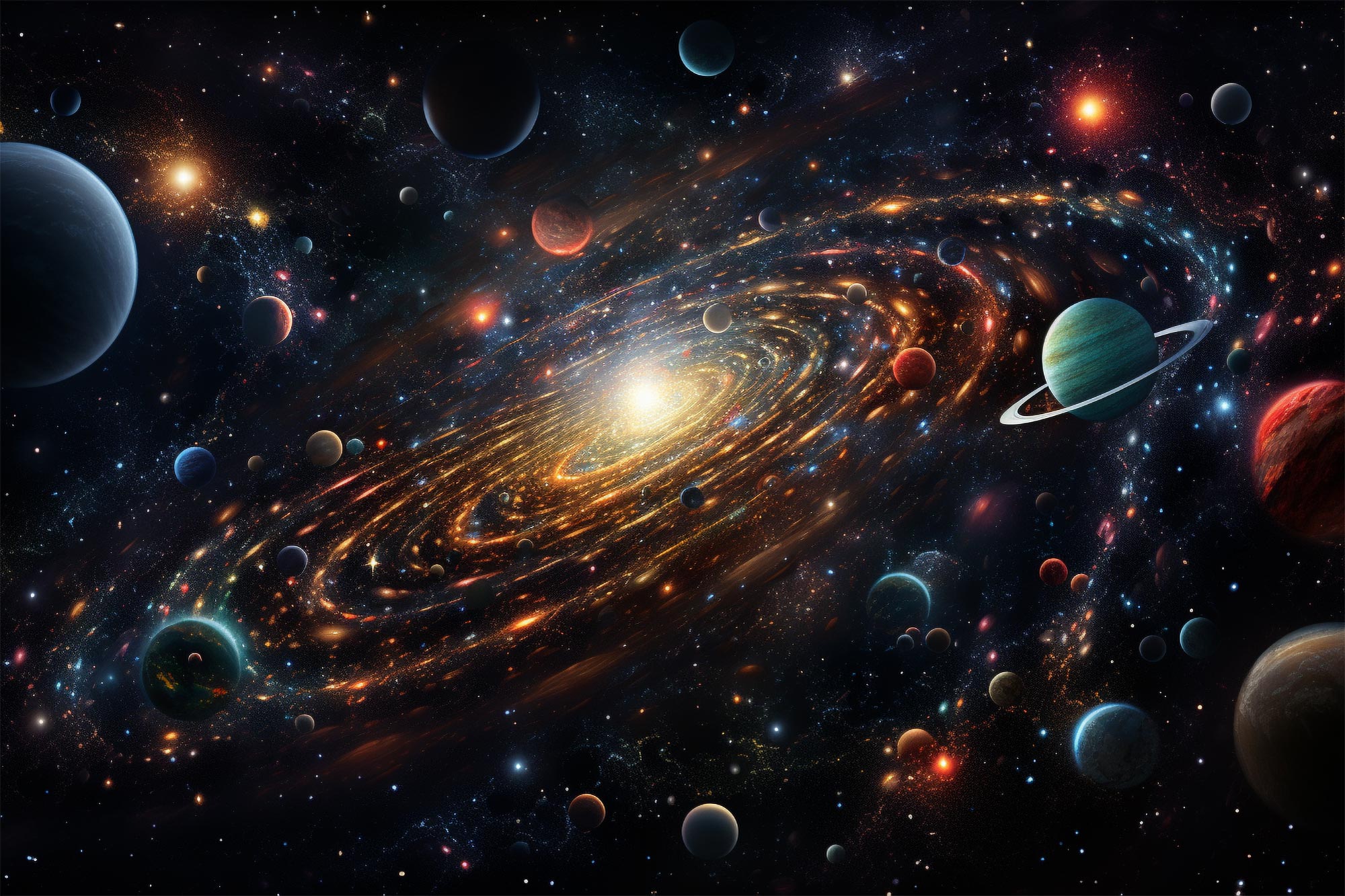NASA のジェームズ・ウェッブ宇宙望遠鏡は、ビッグバンから 3 億 9,000 万年後に形成された最古の銀河の 1 つであるメイシーズ銀河を含む、約 5,000 個の銀河を示す 3D 視覚化画像を公開しました。 この重要な観測は、ウェッブの高度なイメージング能力を実証しており、研究者が宇宙のこれまで見えなかった部分を探索し、これらの初期銀河における星形成に関する新たな疑問を提起することを可能にします。
このデータは、数千の銀河を同時に画像化して識別するウェッブの能力を示しています。
宇宙望遠鏡科学研究所の広報部門は、CEERS (宇宙初期進化科学) 調査のデータを科学的に視覚化した新しい資料を発表しました。 このビデオは、拡張グロース ストリップとして知られる領域をウェッブ氏が探索したもので、これまでに見たことのない多くの銀河が明らかになりました。 宇宙の豊富な銀河を紹介し、最後は地球から 134 億光年離れたメイシーズ銀河で終わります。
この 3D 視覚化は、拡張グロース ストリップとして知られる領域からデータを収集した CEERS (初期打ち上げ科学の宇宙進化) 調査のごく一部に含まれる約 5,000 個の銀河を示しています。 カメラが私たちの視界から遠ざかると、データセットでは 1 秒が 2 億光年に相当し、さらに 2 億年過去が表示されます。 銀河の外観は変化しており、これは銀河があまり発達していなかった宇宙の初期の時代に、遠くにある天体が見えていたという事実を反映しています。 このビデオは、ビッグバンからわずか 3 億 9,000 万年後、つまり約 134 億年前に形成されたメイジーの銀河で終わります。
新しい 3D 視覚化では、ウェッブ宇宙望遠鏡によって明らかにされた 5,000 個の銀河が強調表示されます
このビデオは、銀河の一部として捉えられた銀河を科学的に視覚化したものです。 シアーズ 以前からの大きなミッションを提示する調査(宇宙進化の早期打ち上げ科学)[{” attribute=””>NASA’s James Webb Space Telescope. It flies by thousands of galaxies, starting with those nearby and ending with less-developed galaxies in the very distant universe, including one never seen before Webb.
The area highlighted in this visualization is a small part of the Extended Groth Strip, a region between the Ursa Major and Boötes constellations originally observed by the Hubble Space Telescope between 2004 and 2005. While this vast region contains about 100,000 galaxies, the visualization focuses on approximately 5,000 – with the nearest and more complex galaxies, shown in the beginning, located within a few billion light-years of Earth. As the visualization proceeds, showing galaxies farther away from Earth, we see different stages of the universe’s history and evolution.

Extended Groth Strip. Credit: NASA, ESA, M. Davis (University of California, Berkeley), and A. Koekemoer (STScI)
The visualization’s farthest galaxy, known as Maisie’s Galaxy, is a target of great interest to astronomers. It formed about 390 million years after the big bang, or about 13.4 billion years ago. It’s not only one of the first bright, extremely distant galaxies found by Webb, but it’s also an example of an early galaxy that only Webb could see. This is because Webb’s instruments can capture the light from these early galaxies, which has been shifted to infrared wavelengths by the expansion of the universe.
“This observatory just opens up this entire period of time for us to study,” said Rebecca Larson of the Rochester Institute of Technology in Rochester, New York, one of the survey’s investigators. “We couldn’t study galaxies like Maisie’s before because we couldn’t see them. Now, not only are we able to find them in our images, we’re able to find out what they’re made of and if they differ from the galaxies that we see close by.”
Steven Finkelstein of the University of Texas at Austin, principal investigator of the CEERS program, continued, “This observation exceeded our expectations. The sheer number of galaxies that we’re finding in the early universe is at the upper end of all predictions.” The observatory’s ability to conduct surveys like these provides a demonstration of Webb’s instruments for astronomers to reference for future observations.
This visualization not only shows just how far Webb can observe, but also how much it builds off the accomplishments of Hubble. In many cases, Hubble’s observations, along with Webb’s data from the CEERS Survey, enabled researchers to determine which galaxies were truly far away – the early-universe galaxies of interest – and which were nearby, but so dusty that their visible light was obscured.
With these observations, the next goal for researchers is to learn about the formation of stars in these early galaxies.
“We’re used to thinking of galaxies as smoothly growing,” Finkelstein remarked. “But maybe these stars are forming like firecrackers. Are these galaxies forming more stars than expected? Are the stars they’re making more massive than we expect? These data have given us the information to ask these questions. Now, we need more data to get those answers.”
The James Webb Space Telescope is the world’s premier space science observatory. Webb is solving mysteries in our solar system, looking beyond to distant worlds around other stars, and probing the mysterious structures and origins of our universe and our place in it. Webb is an international program led by NASA with its partners, ESA (European Space Agency) and the Canadian Space Agency.

「音楽マニア。プロの問題解決者。読者。受賞歴のあるテレビ忍者。」







More Stories
中国が月面基地のCGIビデオを公開、そこには非常に奇妙なものが含まれている
脳の解剖により、アルツハイマー病の背後にある可能性のある新たな原因が明らかに:ScienceAlert
目に見えない暗黒物質を可視光に変換する